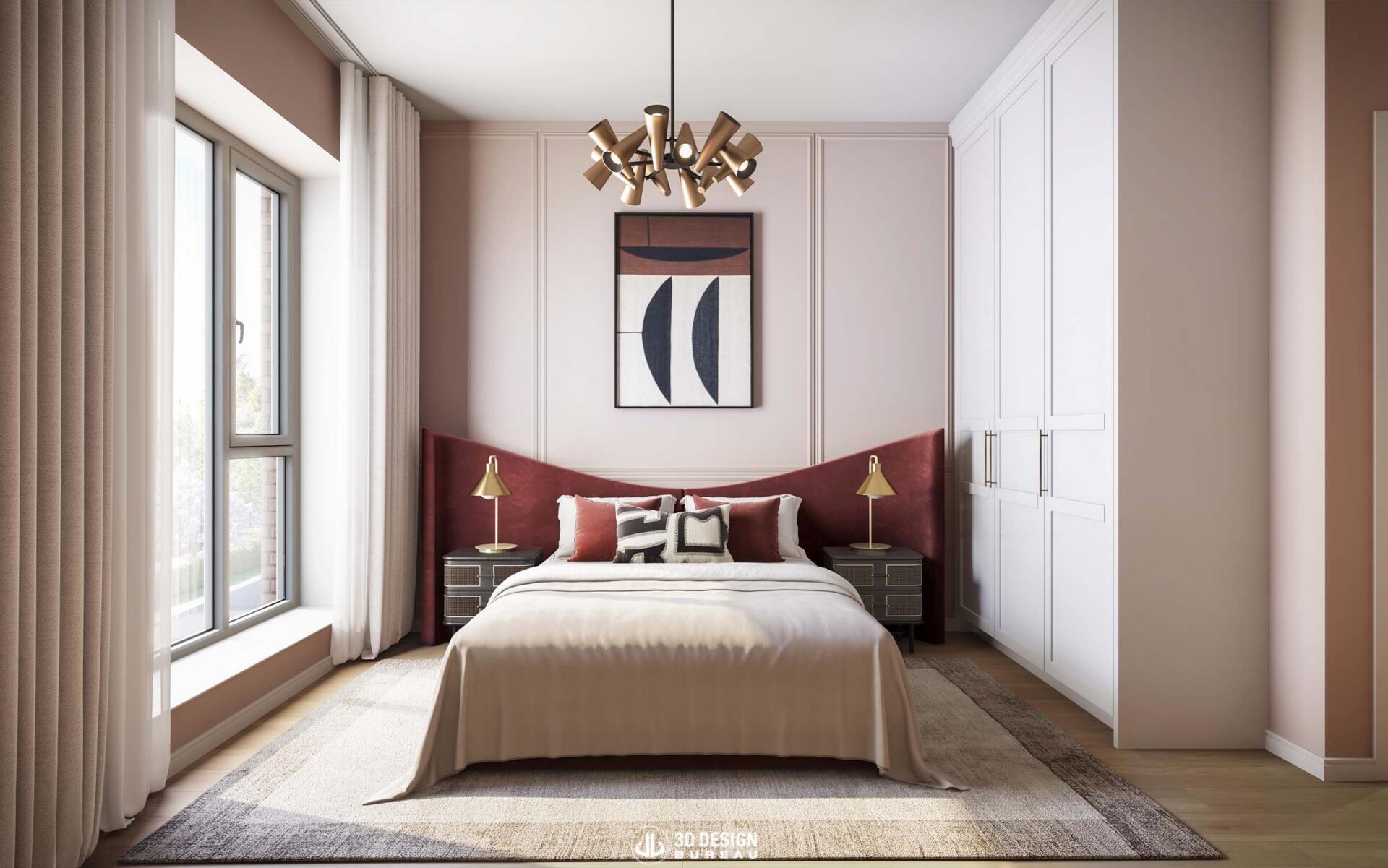In this first interview of our Spotlight series, we delve into the daily routines and experiences that shape our talented team at 3D Design Bureau.

Sustainability in the Irish Property Industry | BIM | Daylight and Sunlight Assessment | LVIA | Sustainable Future
Undeniably, sustainability is an important part of planning, building, and delivering properties. As Europe makes significant commitments towards achieving Net Zero Emissions, the AEC industry finds itself with increased responsibility.
In this article, we explore the current state of sustainable property development in Ireland and highlight practical solutions that developers and design teams can adopt to enhance sustainability in their projects.
Ireland has made significant commitments to reduce emission levels in line with global efforts. The government’s Climate Action Plan sets ambitious targets to achieve a 50% reduction in overall greenhouse gas emissions by 2030 and attain net-zero emissions by 2050. The most recent data from the action plan shows that in 2022, the built environment contributed to 11.1% of the country’s total emissions.
The government has outlined a series of measures to achieve these ambitious goals. These include transitioning to alternative heating methods in new buildings, reducing reliance on fossil fuels, implementing solar PV systems on building rooftops, increasing energy efficiency on old and new buildings, and adopting more sustainable materials within the construction industry.
Companies across the industry are increasingly embracing sustainability in their projects. Cairn Homes, for example, recently committed to becoming the first large-scale Irish homebuilder to adopt the Passive House standard, addressing both climate action and Ireland’s housing shortage. This standard aims to significantly reduce the need for traditional heating systems. According to Cairn’s Position Paper, it will cut heat energy demand by about 55%, leading to a projected 41% annual reduction in energy bills for residents and asset owners.

By prioritising the actions listed above, Ireland aims to make progress in mitigating the environmental impact of the built environment and driving a sustainable future. Here are some key solutions to consider during the design and planning stages of property development:
Building information modelling (BIM)
BIM is a valuable tool that uses a digital representation of the built asset to streamline the design and construction process. Within the dimensions of BIM, the sixth (6D) and seventh (7D) dimension stands out when it comes to environmental concerns. By seamlessly integrating sustainability information into the building’s geometric model, it ensures that environmental considerations are embedded in the project right from the early phases.

6D BIM allows for analysing and estimating a building’s energy performance from the design stage onward. This proactive approach to energy performance analysis empowers developers to make informed decisions, optimise energy efficiency, and reduce the overall environmental impact of their projects.
7D BIM integrates operational data to optimize a building’s energy use and sustainability. By enabling real-time energy monitoring, audits, and predictive maintenance, it helps reduce carbon emissions and operational costs. This approach ensures sustainability measures are not only implemented during construction but are continually improved throughout the building’s lifecycle.
Daylight and sunlight assessments
This is a technical analysis, integral to planning applications. The main purpose of daylight and sunlight assessments is to evaluate the potential impact that a proposed development may have on its surrounding properties and environment. They also evaluate the performance of the proposed scheme itself by testing internal daylight and sunlight of habitable rooms and testing external sunlight in proposed open spaces.
From a sustainability standpoint, daylight and sunlight assessments can help optimise daylight distribution within a building, reducing the need for artificial lighting during the day. By ensuring the efficient use of natural light, buildings can be designed in a manner that reduces energy consumption.

LVIA reports
By carefully assessing and mitigating any adverse effects, Landscape and Visual Impact Assessments (LVIA) aim to safeguard and enhance both the natural and built environments. LVIAs form an integral part of environmental impact assessments, providing local authorities with comprehensive information about the potential impacts of a proposed plan on the surrounding area’s character, appearance, and visual elements.
Verified view montages, for example, play a key role in these assessments. The technical photomontages images accurately illustrate the visual impact that a proposed development may or may not have. LVIAs and environmental impact assessments are vital components of planning applications, particularly for large schemes.
The shift towards sustainability in property development is not only transforming industry practices but also influencing occupiers’ priorities, leading to a higher demand for sustainable, energy-efficient properties. According to Savills, this is “being driven by a number of factors, including rising energy costs and a growing awareness of the health benefits of green buildings.”
In the commercial property sector, research by JLL shows that demand for high-quality, low-carbon workspace is set to outstrip supply by 75%, across major U.S. markets by 2030. In Paris, one of the most climate-progressive cities in Europe, future demand is expected to exceed supply by 54%.
It becomes evident that significant measures are being taken to incorporate environmental considerations into the built environment. Through collaboration, innovation, and the implementation of best practices, we are paving the way for a more sustainable future—in Ireland and beyond.
If you would like to discuss how our solutions can benefit your current or upcoming project, please do not hesitate to get in touch. You can do so by booking a free consultation or visiting our contact page. We would welcome the opportunity to collaborate with you.

Lucas Imbimbo
Digital Marketing Specialist
at 3D Design Bureau
lucas@3ddesighbureau.com
Thank you for your message. It has been sent.